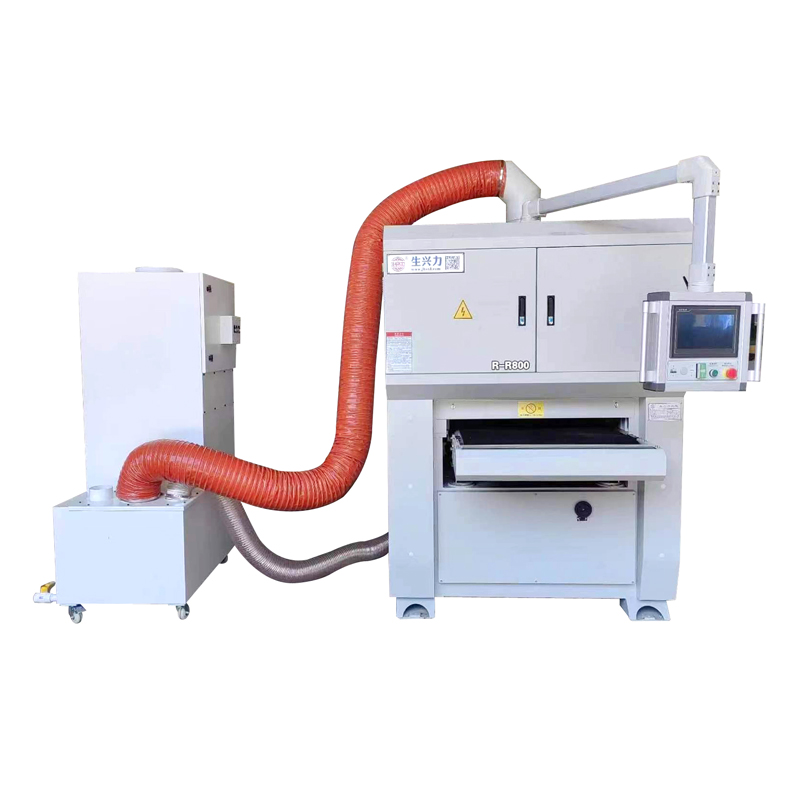

There are many reasons for removing burrs from precision parts. The following will explain in detail why precision parts need to be burr removed, and explain the related implications and importance.
First of all, burrs are small bumps formed during the processing process that may cause the part to be uneven or not smooth. This can negatively affect the function and performance of the part. The removal of burrs can ensure that the surface of the part is smooth and smooth, so that it has better quality and reliability.
Second, burrs can lead to instability or loose fit between precision parts. Burrs can cause friction and stuck parts during assembly or movement, which affects the accurate fitting and operation of parts. Removing burrs reduces friction between parts and ensures their stability and reliability during use.
In addition, burrs can also cause damage or wear between parts. If there are burrs on the surface of the part, when the part is moving, the burr will produce uneven pressure on the contact surface, resulting in wear and damage. Removing burrs reduces friction between parts and avoids unnecessary damage caused by friction.
In addition, burrs can increase the risk of leakage or leakage between parts. Burrs can cause gaps between parts, allowing liquids, gases, or other substances to leak or leak at the part contact. This is dangerous and unacceptable for hydraulic, pneumatic and other sophisticated systems. Removing burrs ensures a complete seal between parts and prevents loss due to leakage or leakage.
In addition, burrs can also affect the effect of surface treatment. Burr removal can provide a better basis for subsequent surface treatments (such as electroplating, spraying, anodizing, etc.). If there are obvious burrs on the surface, it will lead to uneven surface treatment and even quality problems. Therefore, the removal of burrs is a necessary step to ensure the quality and effect of the surface treatment.
Later, burrs will also increase the difficulty of cleaning and maintenance. If there are burrs on the surface of the parts, there may be more debris or dirt deposited on the burrs during cleaning and maintenance, affecting the cleaning effect and maintenance of the equipment. Removing burrs reduces these problems and makes cleaning and maintenance much easier.
In summary, the importance of removing burrs from precision parts cannot be ignored. It not only improves the quality and reliability of parts, but also ensures stable interaction and fit between parts, avoids damage and wear, reduces the risk of leakage, and provides better surface treatment and cleaning results. Therefore, when machining and manufacturing precision parts, removing burrs is a very important step.
